"Nihao! China" - Fujian Quanzhou (2)
Quanzhou, a City of the World
Foreword
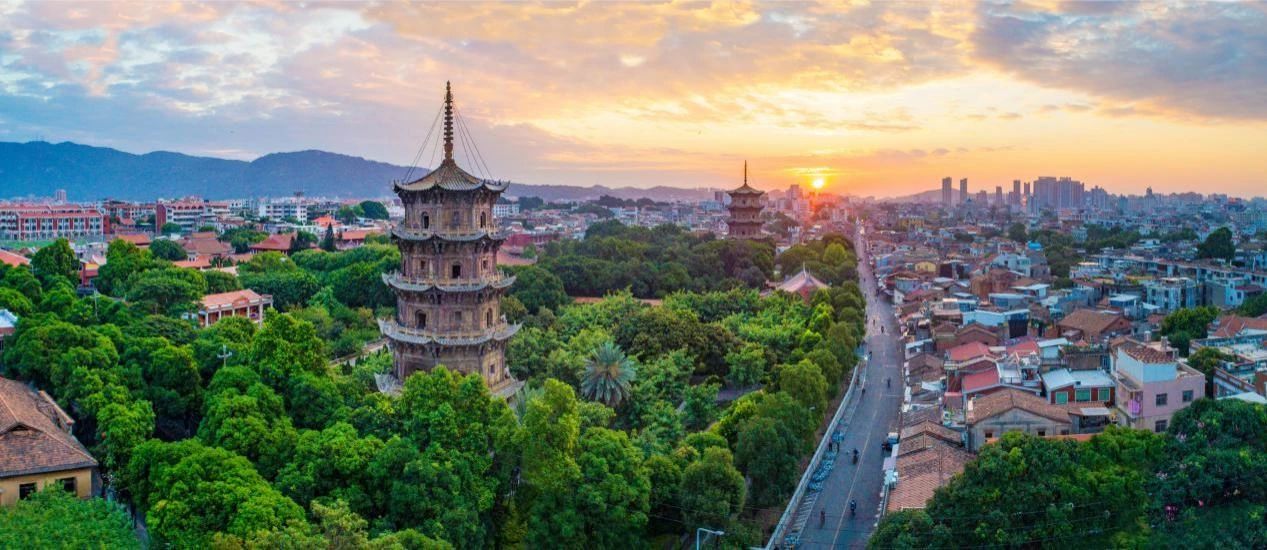
The Venetian Marco Polo saw Quanzhou in its heyday during the Yuan Dynasty. He wrote: “The quantity of pepper imported there is so considerable, that what is carried to Alexandria, to supply the demand of the western parts of the world, is trifling in comparison, perhaps not more than the hundredth part. It is indeed impossible to convey an idea of the number of merchants and the accumulation of goods in this place, which is held to be one of the largest ports in the world.”
Quanzhou, located on the southeast coast of China, was a bustling commercial center on the eastern end of the maritime trade network that flourished from the 10th to 14th centuries. During the Song and Yuan Dynasties, Quanzhou served as a prominent window for China’s economic and cultural exchanges with the outside world, and it was also an outstanding example of a world-class port that served as an engine for maritime commerce. During that era, Quanzhou not only had comprehensive institutions and systems, incredibly prosperous overseas trade and a highly developed economy, it was also a place where Eastern and Western cultures converged and flourished. Today, the city of Quanzhou still echoes with this historical cadence. People live amongst the historical heritage, and it is here that the historical and the modern, the local and the global intersect each other.
Part One – The Millennium-old Port
During the Song and Yuan Dynasties, foreigners who came to Quanzhou could see “about a hundred big junks there and innumerable little ones, and a great gulf of the sea running inland till it mingles with the great river.” Quanzhou was seemingly a city for the entire world. Numerous generations of merchant sailors plying their trade and building up wealth here eventually led to the towering World Heritage sites that make up the millennium-old port of Quanzhou. The Wanshou Pagoda and Liusheng Pagoda served as navigation markers for ships entering and leaving the port. The three bays and twelve sets of docks provided Chinese and foreign sailors with ample places to anchor. The Estuary Docks, Luoyang Bridge and Anping Bridge greatly facilitated the flow of precious goods.
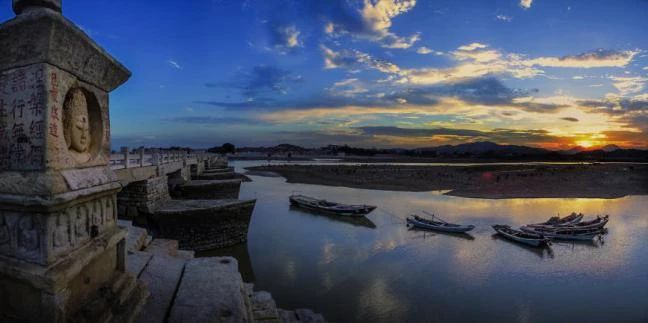
Luoyang Bridge
China’s earliest surviving sea-crossing stone bridge
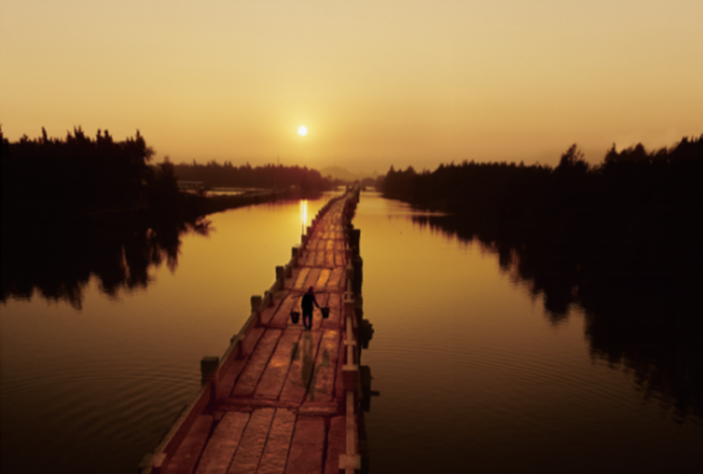
Anping Bridge
China’s longest surviving sea-crossing stone bridge
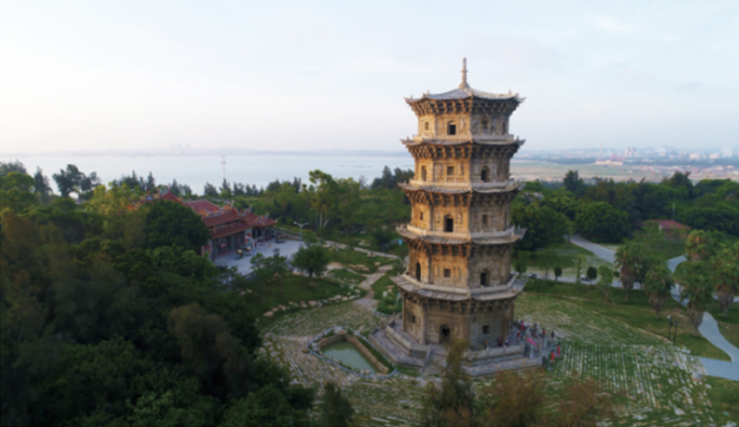
Liusheng Pagoda
A major navigation marker in Quanzhou Bay
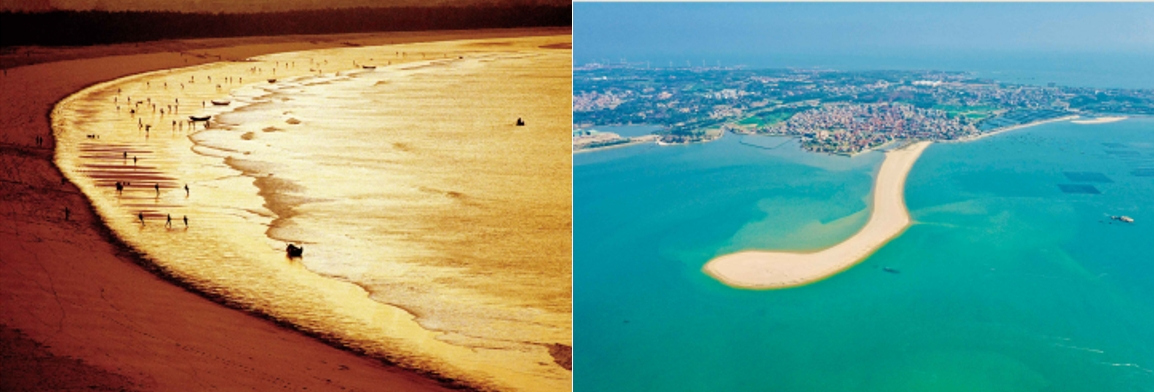
Quanzhou Bay
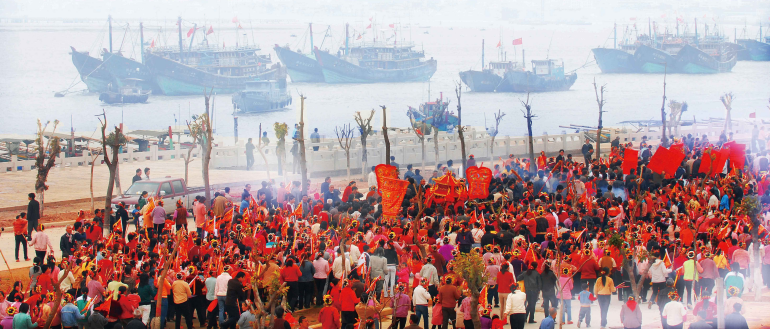
The Mazu Incense Parade
Part Two – The Millennium-old City
When strolling around Quanzhou’s old town, you will inevitably come across a temple in just a few strides. A city of deities, Quanzhou possesses a spiritual charm amidst the hustle and bustle of city life. Between the 10th and 14th centuries, tens of thousands of merchants and missionaries from Asia, Africa and Europe settled down here, creating a diverse society in Song-Yuan Quanzhou together with government officials, royal family members, elites and commoners. They transformed Quanzhou into a highly cosmopolitan commercial society which left behind unique and diverse heritage.

Quanzhou’s old town
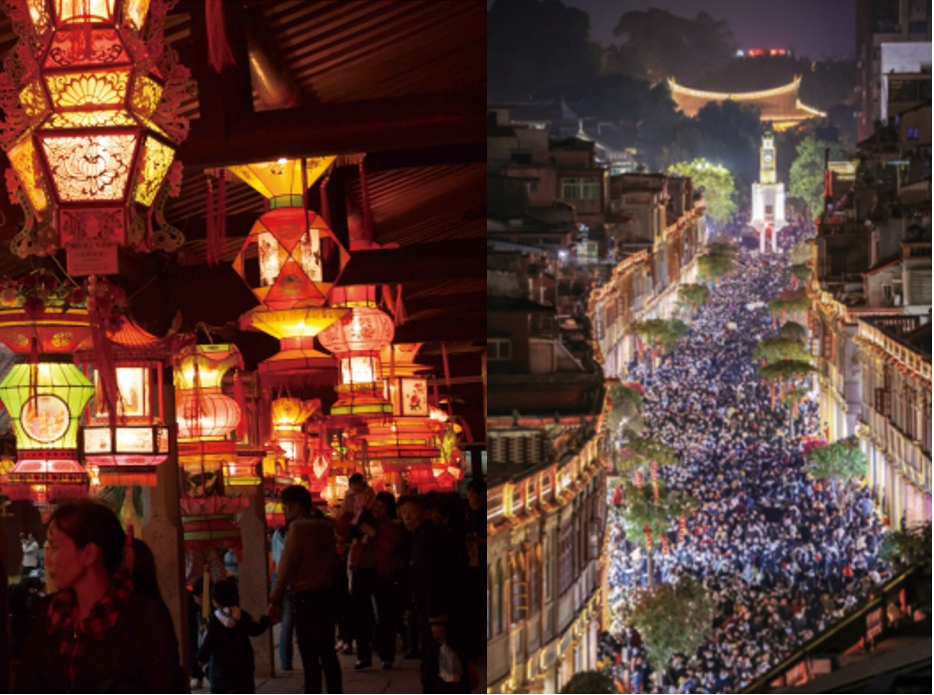
Quanzhou festive lanterns
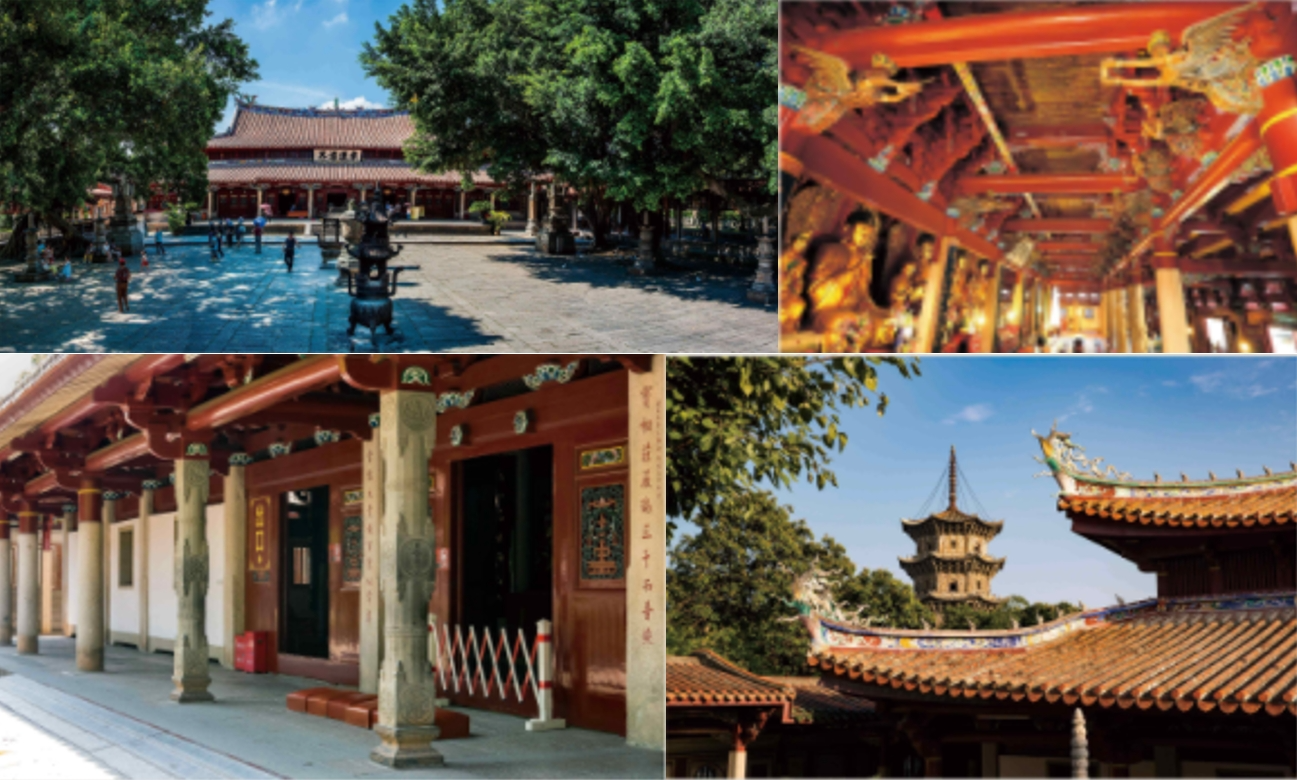
Kaiyuan Temple
A large Buddhist temple embodying the cultural exchanges and mutual learning between Chinese and foreign civilizations
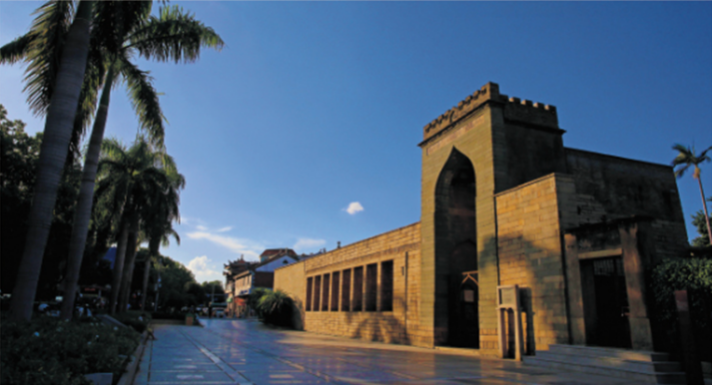
Qingjing Mosque
China’s earliest surviving mosque
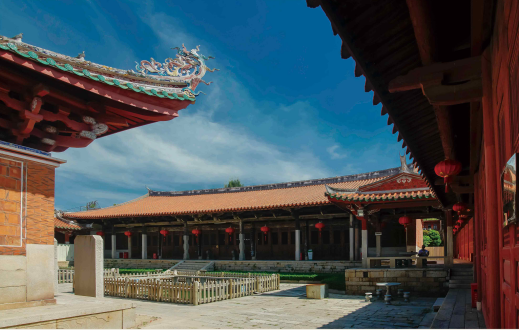
Tianhou Temple
The oldest and most prestigious Mazu temple in China, and a major center for the diffusion of Mazu belief around the world
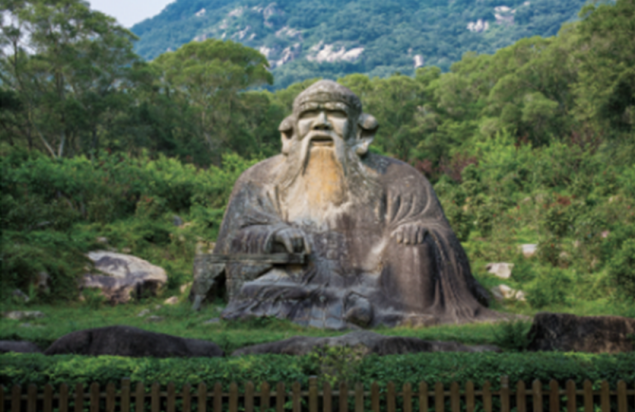
Statue of Lao Tze
The largest surviving Taoist stone statue in China
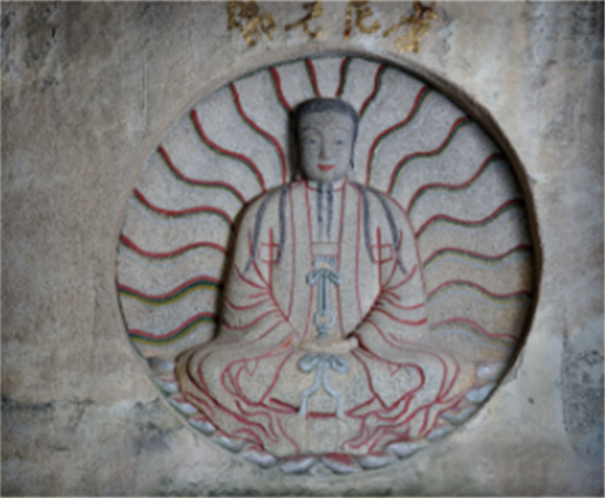
Statue of Mani in Cao’an Temple
The world’s only surviving stone statue of Mani, the founder of Manichaeism
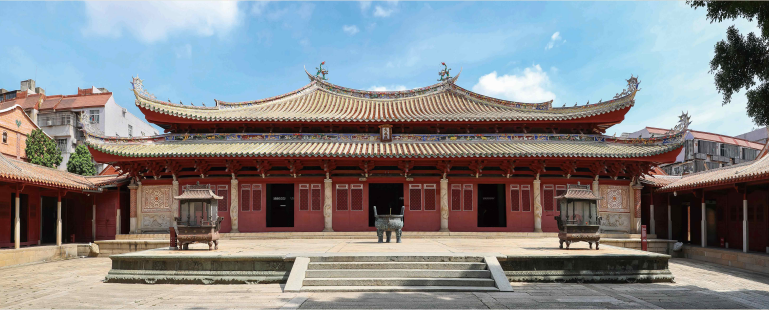
Quanzhou Confucius Temple and School
The largest Confucian temple complex in Southeast China, a place of Confucian worship, and the highest-level educational institution in ancient Quanzhou
Part Three – The Millennium-old Traditions
The geographical location between the mountains and seas, the pioneering and enterprising maritime traditions, and the cultural customs of reverence for nature and deities have shaped Quanzhou into a diverse, open and inclusive city. For centuries, various forms of art and lifestyles have been passed down in Quanzhou. Here, you can “see people, see things, and see life”. It is a living ancient city that captivates peoples’ imaginations.

Quanzhou South Shaolin Temple

Puppetry performance
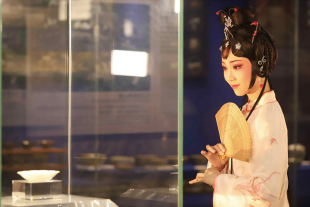
Liyuan Opera

Nanyin (a style of traditional Chinese music that originated from Quanzhou)
Inscribed in 2009 on the UNESCO Representative List of the Intangible Cultural Heritage of Humanity

Hui’an maidens, one of China’s three great groups of fisherwomen

Incense drying in Dapu, Yongchun, China’s incense capital

Xunpu women

Standing statue of Guan Yin (Goddess of Mercy) crossing the sea, made in the style created by He Chaozong of the Ming Dynasty

A stone-carved dragon pillar in the main hall of the Longshan Temple in Anhai, Jinjiang



